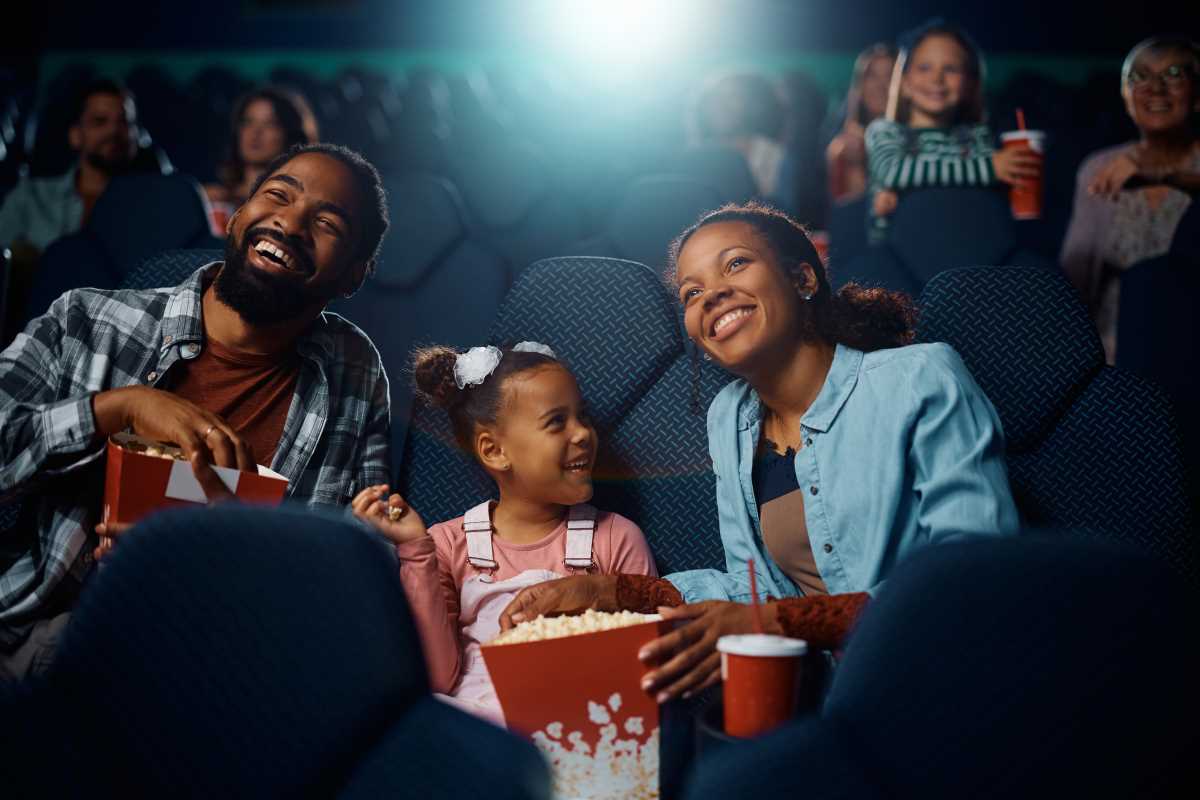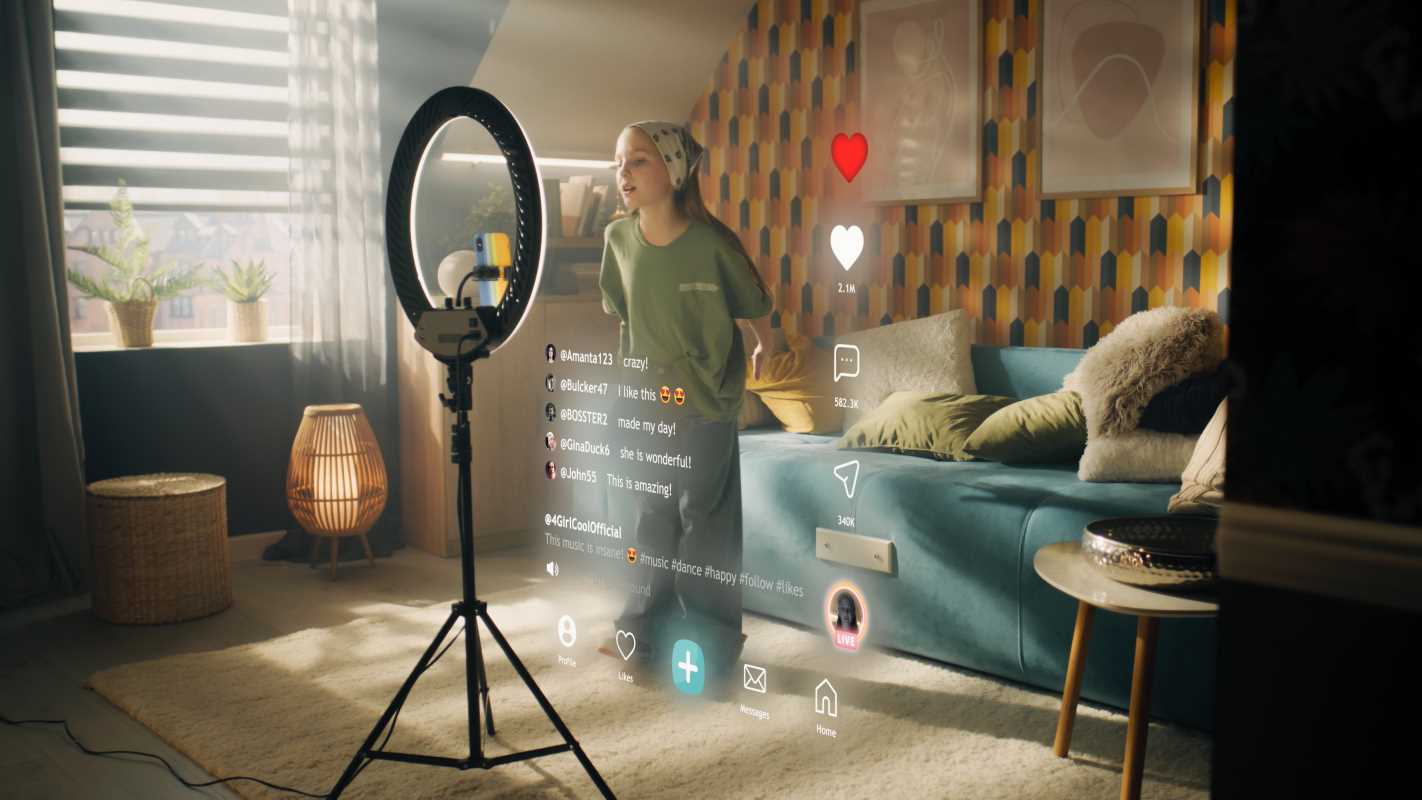Okay, movie lovers, let’s talk about Barbenheimer. Remember that insane period last summer when Barbie and Oppenheimer completely took over pop culture? It wasn’t just that these two movies were massive hits (which they were). It was the phenomenon of it all.
People were planning double features, flooding social media with memes, and fully embracing the chaos of these two wildly different films being released on the same day. As a millennial who lives for the cinema experience, even I got caught up in the Barbenheimer craze. But why did it become such a massive cultural moment? Let’s break it down.
A combination of factors made Barbenheimer explode into a full-fledged movement. It wasn’t just about two movies—it was about timing, contrast, and the internet working its meme magic.
1. Post-Pandemic Movie Fever
Let’s not forget—2020 was not a fun time for movie theaters. With COVID shutting everything down, the cinema experience was put on hold, and streaming took over. But by summer 2023, people were ready to go back to the movies. The pandemic had loosened its grip, social distancing was fading, and audiences were itching for a shared, in-person experience.
Enter Barbenheimer. It gave moviegoers the perfect excuse to spend an entire day at the theater, reminding us all why watching films on the big screen with a packed audience is special.
2. The Power of the Double Feature
The idea of seeing both movies in one day was too tempting to resist. It became a challenge, a badge of honor for cinephiles. But it also made perfect sense—after all, these movies balanced each other out beautifully.
- Option 1: Start with Barbie—bright, fun, and hilarious—before diving into the emotional weight of Oppenheimer.
- Option 2: Begin with the intense, three-hour Oppenheimer experience, then cleanse the existential dread with the candy-colored world of Barbie.
Either way, the tonal whiplash was the point. Audiences weren’t just watching movies; they were curating an experience.
3. Opposites Attract
Part of what made Barbenheimer so fun was how completely opposite these films were:
- Barbie: A pink, glittery comedy about self-discovery, feminism, and existentialism wrapped in a Mattel package.
- Oppenheimer: A dark, historical biopic about the creation of the atomic bomb, directed by Christopher Nolan and packed with moral dilemmas.
They couldn’t be more different, which made the idea of pairing them hilariously absurd—and that’s exactly why people leaned into it.
4. The Meme Machine
The internet absolutely ran with Barbenheimer. The second the release date was announced, Twitter, TikTok, and Instagram exploded with jokes, fan art, and memes that mashed together Barbie’s dream world with Oppenheimer’s nuclear nightmares.
- Barbie sitting on an atomic bomb.
- Cillian Murphy’s haunted stare in the background of a hot pink dreamhouse.
- “Come on, Barbie, let’s go bombing.”
The Barbenheimer meme culture wasn’t just funny—it fueled the hype. The more people joked about it, the more people wanted to participate in the trend.
5. Accidental Marketing Genius
Was this brilliant marketing or just a happy accident? Hard to say. But what’s clear is that the Barbenheimer hype benefited both movies in a way no studio could have predicted. Instead of competing for attention, they fed off each other’s momentum.
If you originally planned to see just one, the internet probably convinced you to see both. Barbie and Oppenheimer became must-see films—not just because they were good, but because they were part of a moment.
6. A Movie for Everyone
Another reason Barbenheimer worked? It had something for everyone.
- Barbie pulled in audiences who might not usually be into big summer blockbusters, including younger crowds, nostalgic millennials, and fans of Greta Gerwig’s feminist storytelling.
- Oppenheimer appealed to history buffs, cinephiles, and Nolan fans who love intense, cerebral films.
Together, these movies brought everyone to the theater. The diversity of audiences created a rare cultural crossover where all types of movie lovers were in on the same joke.
7. The “Event” Factor
Barbenheimer turned going to the movies into an event. It wasn’t just about watching a film but about participating in a once-in-a-lifetime cultural moment.
People dressed up in pink for Barbie. Some wore suits for Oppenheimer. Fans documented their double-feature experiences, debated which order to watch them in, and flooded theaters with an energy that hadn’t been seen in years. It felt like the kind of cinematic excitement that was supposed to be dead in the age of streaming.
So, was Barbenheimer a fluke? Maybe. But it was also proof that movies still matter. Despite the rise of streaming, audiences are hungry for unique, original films—and they’re more than willing to embrace the theater experience when given a reason.
More than that, Barbenheimer showed how internet culture can amplify pop culture moments in ways that studios could never manufacture. The combination of timing, memes, and sheer movie magic made it a phenomenon we won’t soon forget.
And honestly? I hope we get more moments like this. Because at the end of the day, Barbenheimer wasn’t just about Barbie or Oppenheimer—it was about loving movies. And as someone who lives for the cinema, I’m so here for it.
More double features, please!



.jpeg)
.png)
.png)

.png)